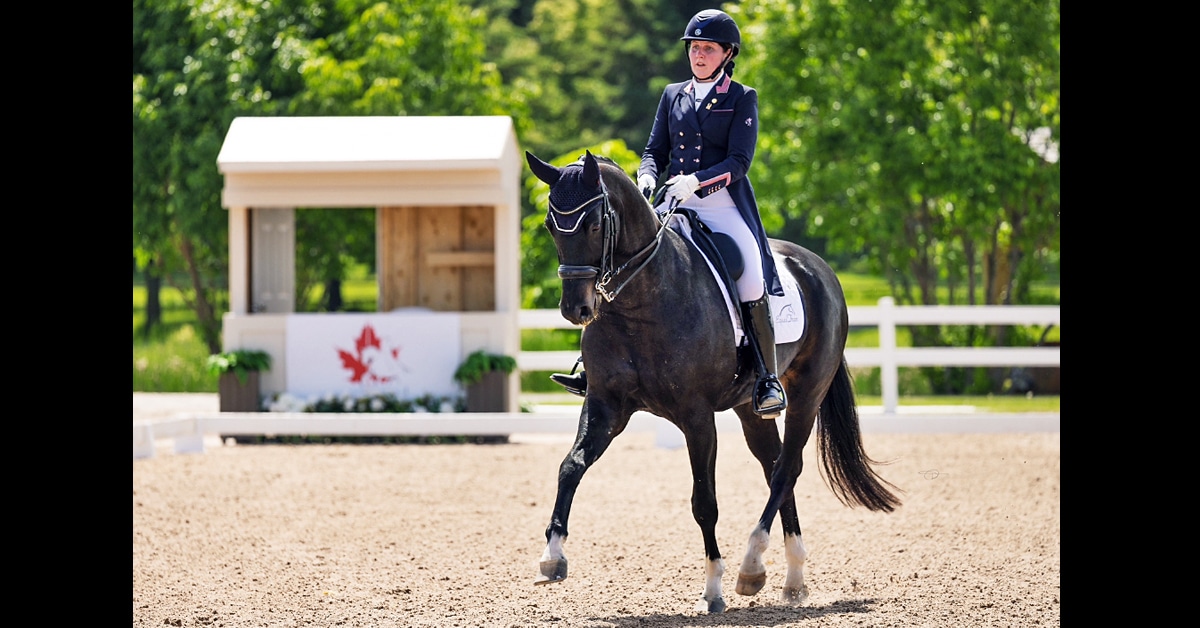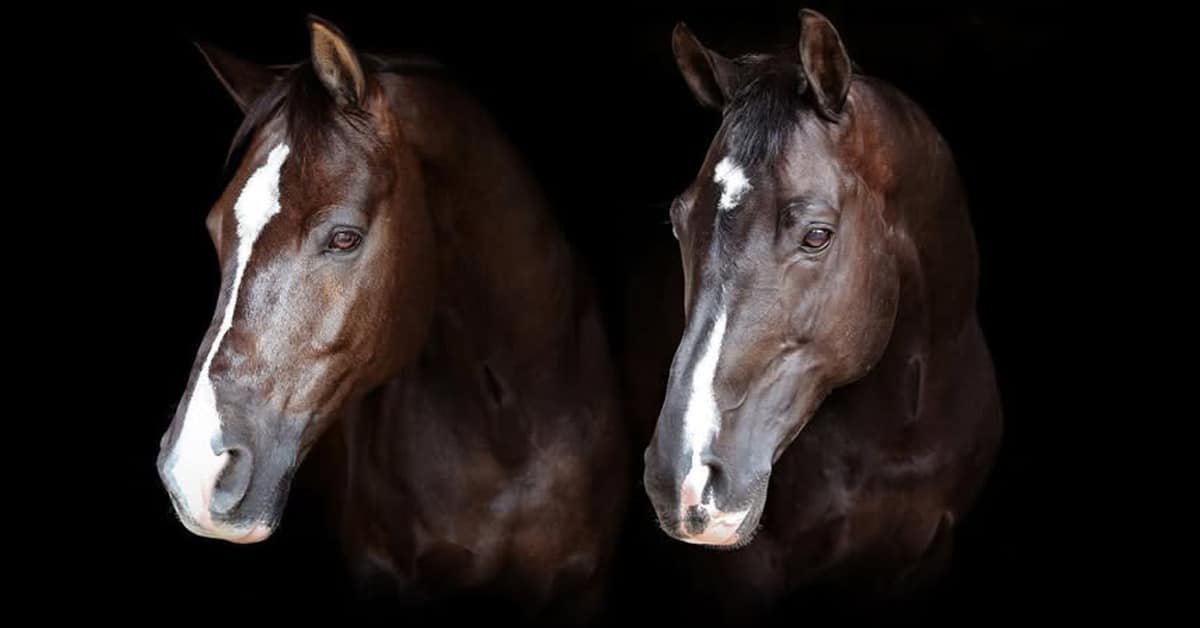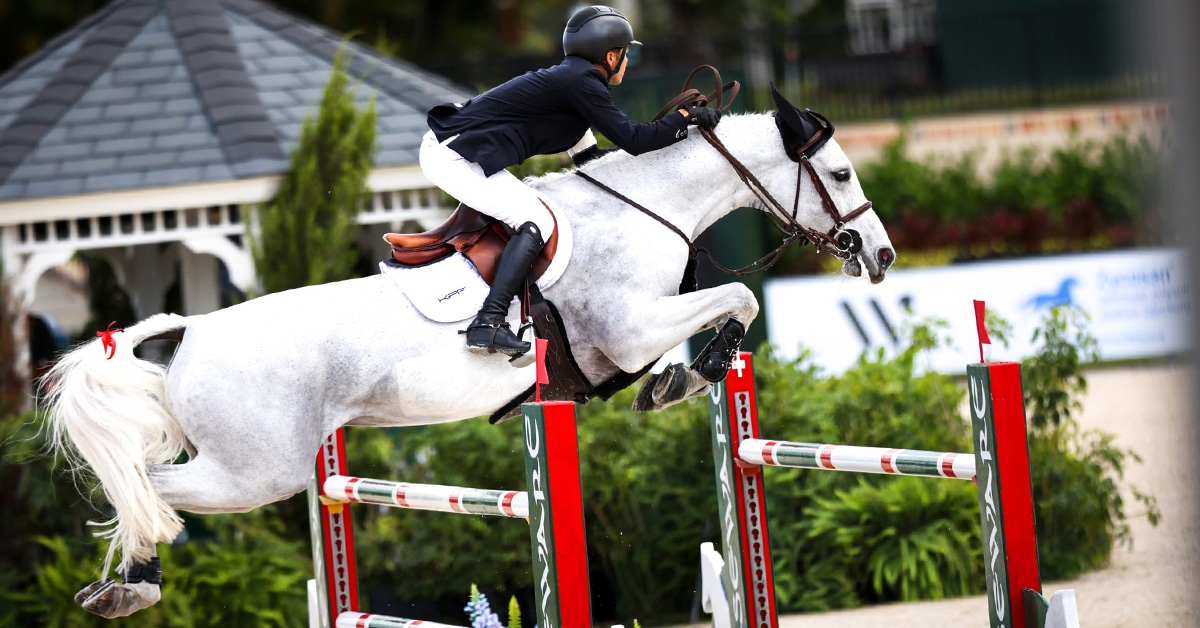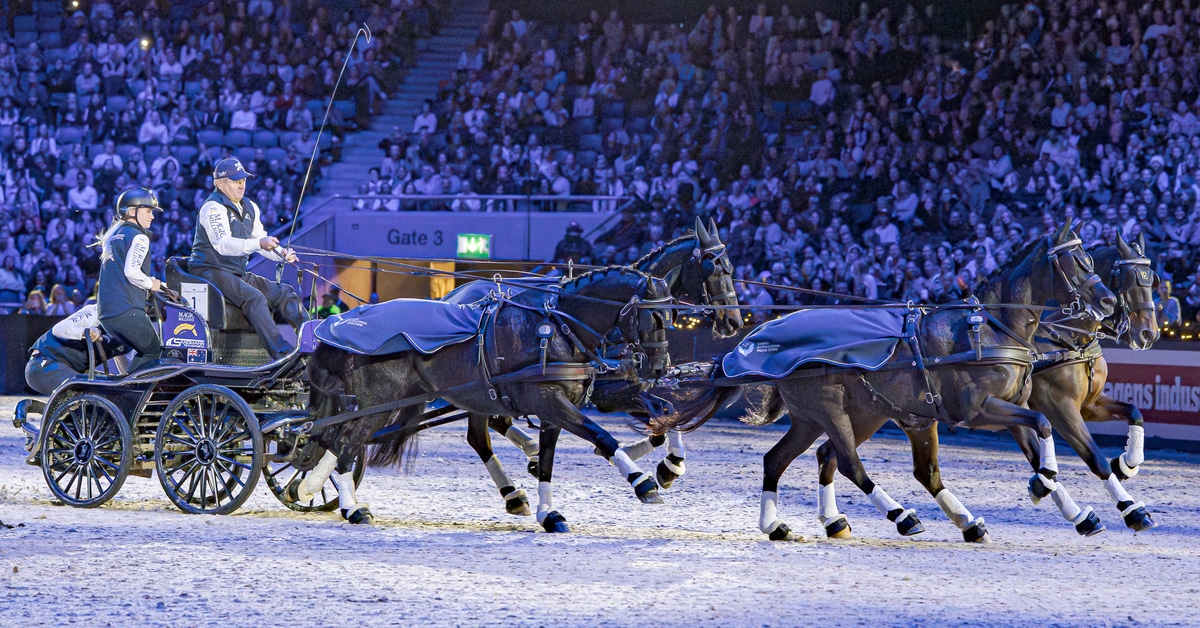International Jumping Riders Club (IJRC) president François Mathy Jr. sat on the panel for the debate on full revision of the FEI Jumping Rules on the first day of the FEI Sports Forum in Lausanne. There was wide ranging discussion on modernizing sport rules without compromising horse welfare or public trust.
The jumping debate was moderated by the FEI athletes’ chair Jessica Kurten. Other panellists were chair of the FEI jumping committee Stephan Ellenbruch; Sweden’s chef d’equipe Henrik Ankarcrona; Level 4 judge and chief steward at the Paris Olympic Games Cesar Hirsch; organiser of Jumping Amsterdam and secretary general of Equestrian Organisers Irene Verheul; and Todd Hinde, FEI Director of jumping.
The elimination rule
In its formal proposals for 2026 rule changes, IJRC requested a more tiered approach to the sanctioning of minor scratches on the sides (flanks) of the horse, which we outline HERE.
This topic was a scheduled item in debate about this year’s full Jumping Rules Revision.
François Mathy JR emphasised that the IJRC is not seeking any change to protocols when blood is noticed on the sides of the horse, but requests sanctions that are proportionate where the incident is clearly accidental and does not constitute horse abuse.
He commented: “We are not looking to weaken the rule. We want to define it more clearly, to better align the sanction with the seriousness of the case. Getting eliminated for a small scratch is very hard to accept, but we also understand that this is the time we live in”.
“You can get eliminated for a pinprick, and we accept it because social license demands it. But that doesn’t mean we shouldn’t improve the clarity.”
Stephan Ellenbruch said the current rule “makes sense” but was open to discussion about consequences. “The headline is always the social license. We are living in times where it will be very, very difficult to explain that to the outside world. And not only to the outside world, even to the ‘inside world’ there are people who will not understand that.”
Henrik Ankarcrona suggested there should be a warning for a first incident of blood on the sides, and then a suspension of two months if the rider is involved in a second incident. [If adopted, this would be a tougher penalty for blood on the horse than in other FEI sport. In eventing cross-country and endurance, some discretion by the official vet is allowed, and in certain cases horses may continue after inspection. In FEI dressage, any blood in the mouth or on the body means immediate elimination from the class but there is no additional sanction.]
It is also important to note that FEI jumping has an additional rule (Art 242.3.1) disqualifying the rider for marks caused by excessive use of spurs, even when the horse’s skin is not broken. Stephan Ellenburch noted that these cases had notably decreased since rowelled spurs were disallowed.
Rest periods at shows for horses and grooms
Lucy Katan gave a powerful statement on behalf of the International Grooms Association about working very long hours and the safety risks when both grooms and horses get inadequate rest. This was particularly an issue at indoor events, if the 23.00 hours prize-giving deadline is not adhered to.
Irene Verheul commented: “We need to shape an event where the sport programme is the heart and the wellbeing of the horse is a priority. But we also have to work within safety, government, and commercial frameworks. It’s like completing a puzzle with moving pieces.”
François Mathy JR said that clustering of related classes instead of spreading them out would help, but that there was a shared responsibility: “It’s up to riders not to give grooms a hard week. It’s not about just doing all the classes — they need time to rest too.”
Young horses
Jessica Kürten asked if horses were used too early, and this could be why fewer reach the top levels. The led to a discussion about the commercial market that had evolved, resulting in producers travelling five-year-olds back and forth across the continent. FEI Veterinary Director Göran Åkerström announced a PhD study with Bristol University on the career spans of jumping horses, because of these concerns.
Henrik Ankarcrona said it was maybe time to regulate against competing five-year-olds internationally: “Each national federation will have to work a bit harder to organise shows for them at home. But every country will gain from having a strong sport and it starts with the young horses and educating riders to produce them in a good way.”
François Mathy JR proposed one immediate solution – to spread the prize fund at young horse finals further down the leader-board, because at present the price of winning had become too important.
MERs and potential licensing
Discussion turned to Minimum Eligibility Requirements (MERs) and the idea of a rider license system to ensure readiness, safety and equine wellbeing. It was agreed there was a fundamental flaw in allowing riders to enter FEI sport at 5* level. However, Cesar Hirsch – who is from Venezuela – flagged up the regional disparities if MERs are reviewed. “We have good levels of competition [in Latin America], but not enough international events. Riders can jump 1.55 at home and yet still not qualify abroad.”
François Mathy JR proposed that NFs could request a waiver for riders with limited access to international shows, but who are clearly competent at the level.
Henrik Ankarcrona supported the untried idea of rider licensing. “I don’t think it’s correct that you should jump straight to the five-star level. You earn your way by doing the right thing. To have a system in place would help trainers, the sport, and most of all the horse. A structure would help us say: you’re not quite ready yet.”
The FEI’s deputy legal director Áine Power said that NFs already bear responsibility for assuring riders entered in FEI events were competent, but that more guidance may be needed.
Olympic qualifications and quotas
The opening session focused on qualification for Los Angeles 2028. This was of particular importance to IJRC, which continues to lobby for a return to teams of four with a drop-score.
However, FEI President Ingmar De Vos said “Let’s not repair what is not broken” after providing updates on discussions with the IOC. At the final press briefing, he was asked for further comment. He replied that teams of four were not practical for 2028 – but hinted there could be a discussion regarding future Olympic Games.”
“Practically it would be extremely difficult,” said Ingmar de Vos. “The qualification system is built around teams of three. Changing to four would impact quotas, flags, and media value — and that affects IOC decisions. So for LA 2028, it’s very unlikely. But for Brisbane 2032? That’s a different conversation.”
There are two significant changes for countries aiming to compete in jumping at LA 2028. Firstly, the Barcelona teams final will no longer be an Olympic team qualifier. Those slots now be passed to the World Championships at Aachen in 2026, becoming accessible to many more countries; seven qualifying slots in all. The dynamic of the FEI series has changed since it was re-branded Longines League of Nations (LLN) with fewer events and limited to the top 10 countries.
Secondly, any country that qualifies a team but then fails to achieve Minimum Eligibility Requirements (MERs) can no longer automatically send an individual rider to the Olympic Games instead. All individual places must now be earned on merit, through rankings points or regional events.
Away from the debating hall, over the two days IJRC representatives discussed its other rule proposals with FEI staff, stakeholders and exchange views with key personnel in the other disciplines.
There is now a wait of two months for official feedback on the IJRC proposals.
This weekend, the IJRC will meet with FEI management in Basel, Switzerland.
More News










